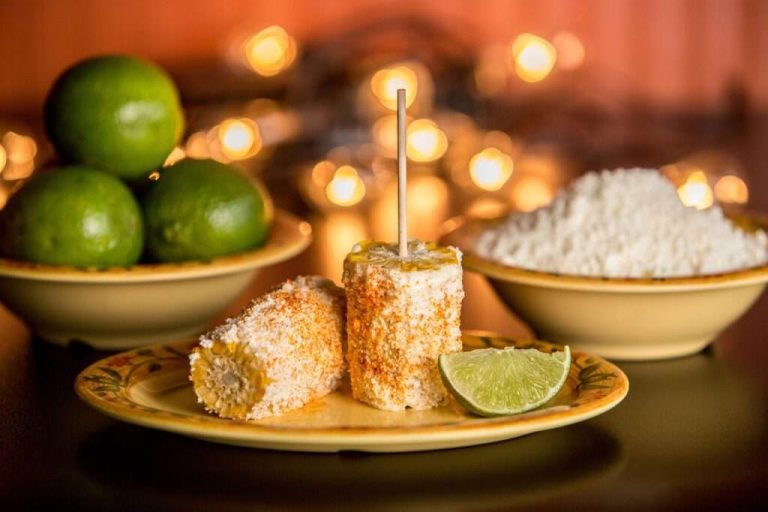Spanish Octopus: Recipes, Cooking Tips, and Cultural Significance
Spanish octopus, also known as Octopus vulgaris, thrives in temperate and tropical waters, particularly around the Mediterranean Sea and Atlantic Ocean. They prefer rocky coastal areas and underwater caves, which offer protection and abundant food sources. Their diet mainly consists of crustaceans, small fish, and mollusks. They use their sharp beaks to break open shells and access the soft flesh inside. Hunting typically occurs at night when they navigate the seafloor using their keen sense of touch and well-developed eyes.
Unique Features and Behavior
The Spanish octopus boasts several unique physical features. They have eight flexible arms covered in suckers, allowing them to grasp objects and navigate complex underwater terrains. Their skin contains specialized cells called chromatophores, enabling them to change color and texture rapidly for camouflage or communication purposes.
Behaviorally, Spanish octopuses exhibit notable intelligence. They demonstrate problem-solving abilities, memory retention, and even play-like activities. They also practice unique hunting strategies, such as using jets of water to uncover hidden prey. You can often observe them constructing dens with rocks and shells, showing a remarkable ability to manipulate their environment to suit their needs.
Culinary Uses of Spanish Octopus
Traditional Spanish Octopus Dishes
Traditional Spanish dishes often showcase octopus’s tender texture and oceanic flavor. Pulpo a la Gallega, from Galicia, features boiled octopus with olive oil, sea salt, and paprika. Pulpo a la Feria, seen at fairs and festivals, serves octopus with boiled potatoes and paprika. In Catalonia, octopus blends into seafood paellas, sharing the spotlight with shrimp and mussels.
Cooking Techniques and Recipes
Cooking Spanish octopus well ensures optimal flavor and texture. Boiling, grilling, and braising rank as popular techniques. To boil, clean the octopus, then simmer for 45 to 60 minutes until tender. For grilling, marinate the octopus, then sear on high heat until charred. Braising calls for slow-cooking octopus in broth or wine, resulting in a steeped, tender finish. Include octopus in ceviche, where it’s marinated in citrus juices, or experiment in tapas, blending with garlic and chili.
Conservation Status
Threats to the Spanish Octopus
Climate change, overfishing, and habitat destruction pose significant threats to the Spanish octopus. Rising sea temperatures disrupt their breeding cycles and affect their prey distribution, making survival challenging. Overfishing reduces their populations, causing imbalances in marine ecosystems. Bottom trawling, a common fishing method, destroys their habitats on the ocean floor, further endangering their existence.
Conservation Efforts
Governments and organizations are enacting measures to protect the Spanish octopus. Marine protected areas (MPAs) offer safe habitats, reducing the impact of fishing activities. Regulations, including catch limits and fishing seasons, aim to prevent overfishing and encourage sustainable practices. Research programs monitor octopus populations, providing data to inform management decisions and ensure their long-term conservation.
Spanish Octopus in Popular Culture
Spanish octopus holds a notable place in popular culture, especially in regions with strong maritime traditions. In Spain, the octopus appears in various regional festivals and celebrations. The Festa do Pulpo in Galicia is one such celebration dedicated to this cephalopod, attracting thousands of visitors annually to enjoy octopus-based dishes and cultural festivities.
In media, Spanish octopus often symbolizes marine richness and cultural heritage. In films and TV shows set along Spain’s coastlines, it frequently features as a culinary delicacy. For example, episodes of cooking shows like “Chef’s Table” have highlighted chefs specializing in traditional Spanish octopus dishes, emphasizing its preparation and significance in Spanish cuisine.
Literature reflects the cultural importance of the Spanish octopus. In cookbooks centered on Spanish cuisine, recipes such as Pulpo a la Gallega become central topics, showcasing both the cooking process and cultural contexts associated with this dish. Travel guides often mention Spanish octopus when discussing local foods in coastal regions, underscoring its role in Spain’s gastronomic identity.
Art and sculpture include representations of the Spanish octopus, reflecting its influence. In coastal towns, public art installations often feature octopus motifs, symbolizing the union between the community and the sea. Traditional pottery and textiles from regions like Asturias and Catalonia depict octopus designs, blending functionality with artistic expression.
Music and performance art sometimes reference the Spanish octopus, illustrating its broader cultural resonance. Folk songs from Galicia frequently mention it in lyrics, often metaphorically linking it to themes of survival and resilience. Dance performances during maritime festivals can also feature routines mimicking octopus movements, celebrating the creature’s agility and presence in local folklore.
This multifaceted presence of the Spanish octopus in popular culture illustrates its significant cultural impact, threading through various aspects of daily life and artistic expression in coastal Spain.
Conclusion
Spanish octopus isn’t just a culinary delight; it’s a symbol of cultural richness and heritage. From its tender, flavorful presence in iconic dishes to its role in regional festivals and artistic expressions, the Spanish octopus holds a special place in coastal Spain’s heart. As you savor its unique taste and appreciate its cultural significance, remember the importance of sustainable practices to ensure this marine treasure continues to thrive. By supporting conservation efforts, you contribute to preserving a vital part of Spain’s culinary and cultural legacy.





